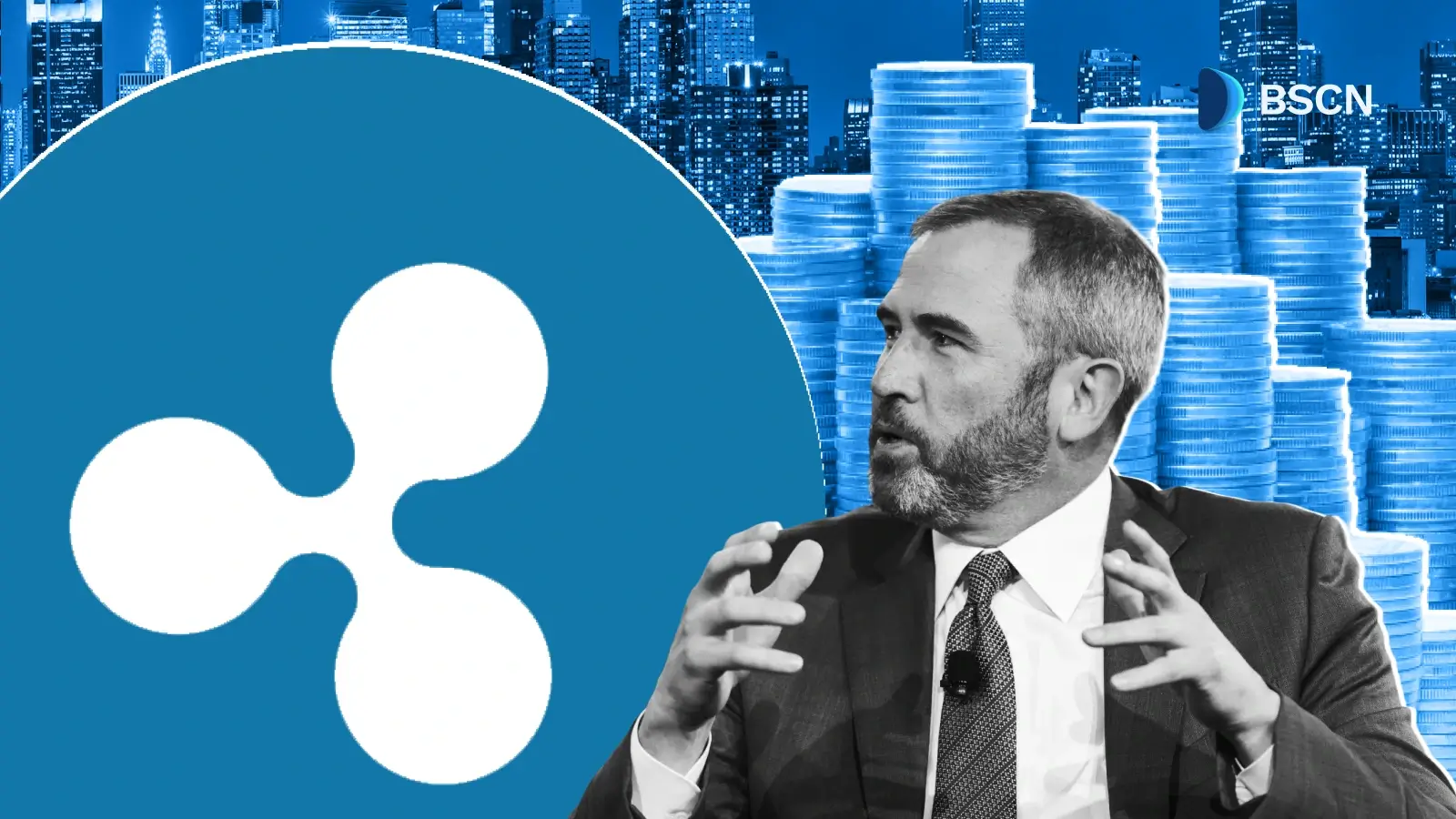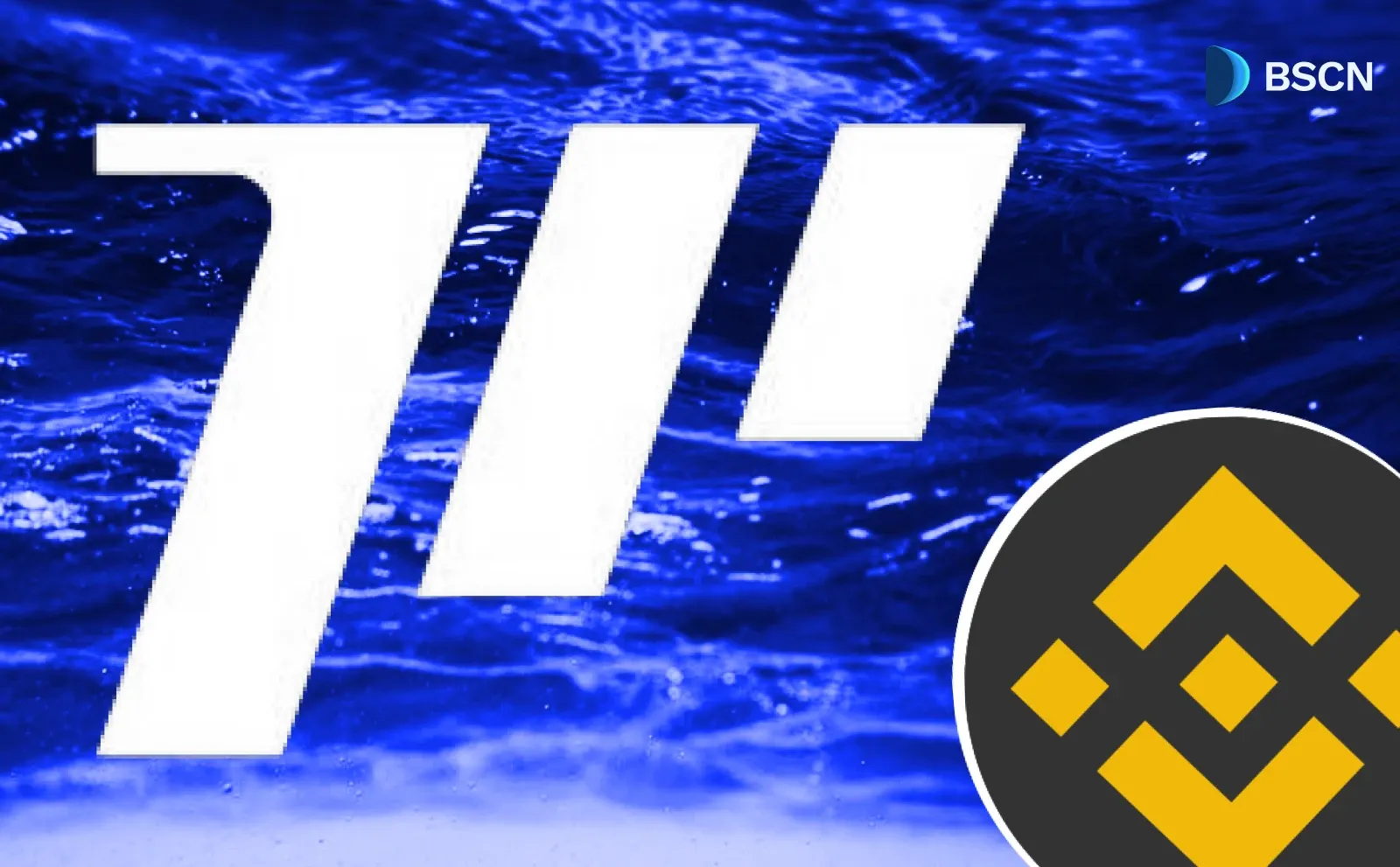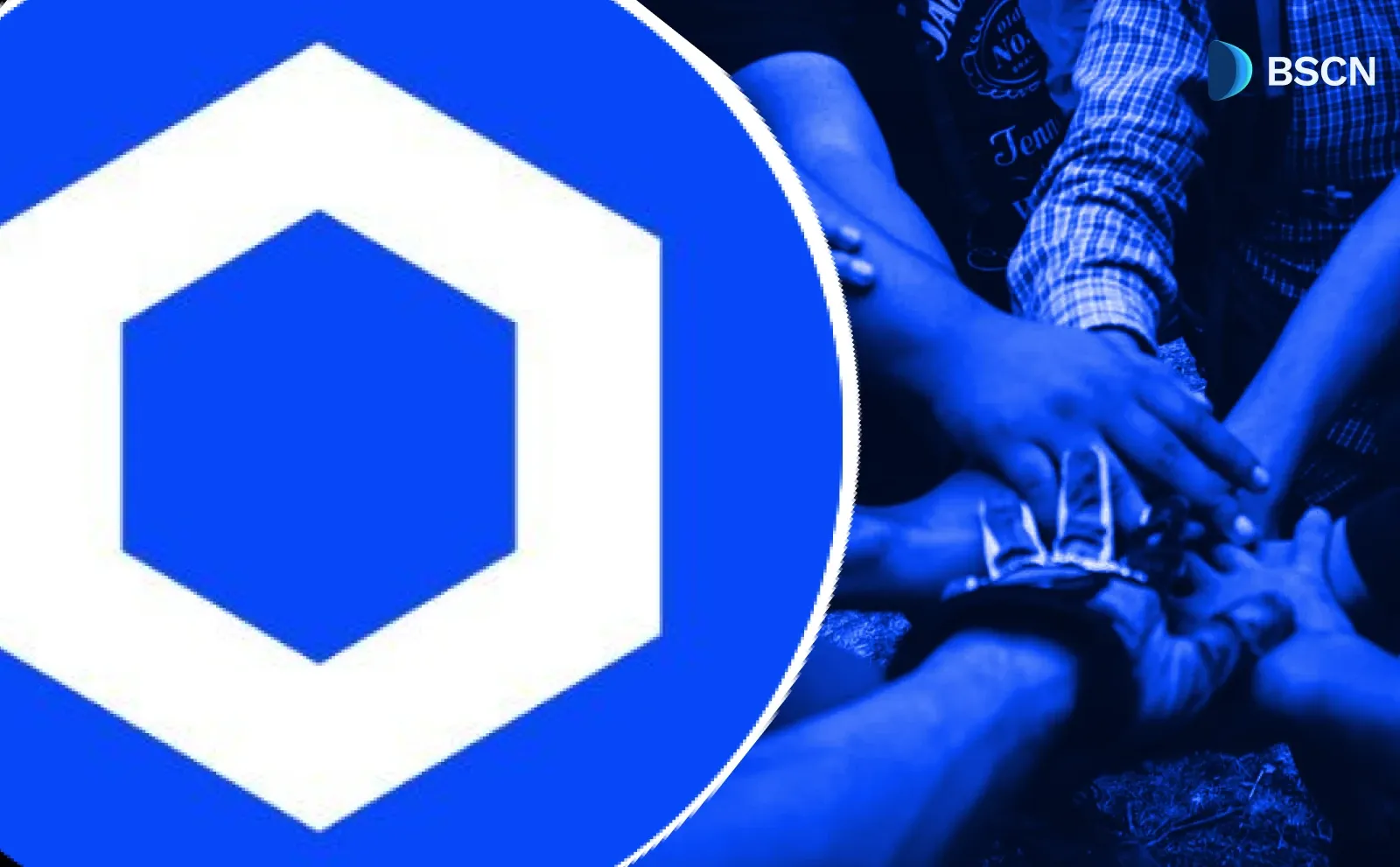News
Stable Launches Public Testnet: Steps to Engage
by Miracle Nwokwu
November 6, 2025

Developers can now access Stable’s public testnet to deploy smart contracts, explore USDT-based fees, and test real-world payment solutions.
Stable, a blockchain platform backed by Bitfinex and USDT0, has opened its public testnet to developers worldwide. Announced on November 4, the launch marks a progression from an internal testnet that went live in June earlier this year. This new phase allows programmers and enterprises to experiment with a network tailored for stablecoin transactions, where USDT serves as the native gas token for all operations.
The move comes as blockchain networks continue to evolve toward specialized uses, particularly in finance. Stable's testnet offers a space where developers can deploy contracts and interact with the system using familiar tools, all while benefiting from features designed to enhance transaction reliability and speed.
This development follows months of preparation, building on the internal testing that onboarded early builders to refine integrations for wallets, applications, and custody solutions.
Understanding Stable's Core Design
Stable operates as an execution layer for financial applications, prioritizing the seamless movement of money. Transactions on the network rely entirely on USDT, which eliminates the volatility and creates a stable environment for both payments and smart contract executions. This approach ensures that costs remain transparent and predictable, qualities that are essential for building trust in digital finance systems.
The platform maintains compatibility with the Ethereum Virtual Machine, meaning developers can leverage existing tooling without needing to learn new frameworks. For instance, they can connect using Hardhat or Foundry, popular development environments in the blockchain space. Stable's architecture also incorporates single-slot finality, a mechanism where transactions achieve irreversible confirmation within a single block, reducing wait times and enhancing user confidence in the process.
Fees on the network are settled directly in USDT, streamlining the experience by avoiding conversions or additional layers of complexity. This setup not only simplifies operations but also aligns with Stable's goal of supporting compliant and frictionless value transfers on a global scale.
Features Available on the Public Testnet
Developers accessing the testnet gain hands-on experience with several core components. They can connect via the public RPC endpoint at https://rpc.testnet.stable.xyz or the WebSocket at wss://rpc.testnet.stable.xyz, using chain ID 2201. To obtain test USDT—denoted as gUSDT with 18 decimals—users can visit the faucet at https://faucet.stable.xyz, which dispenses tokens for experimentation.
Once connected, programmers can deploy smart contracts and monitor activities through the block explorer at https://testnet.stablescan.xyz. For those using Hardhat, configuration involves adding a network entry in the hardhat.config.js file with the RPC URL and chain ID, along with private keys for accounts. Similarly, Foundry users can define the endpoint in their foundry.toml file or directly in commands, enabling seamless integration for testing scripts and deployments.
The testnet also exposes system modules that handle native settlement and fee logic, allowing developers to explore how USDT drives the underlying mechanics. This includes testing transactions that settle instantly, providing insights into how the network manages on-chain flows without intermediaries.
Partnerships Strengthening the Ecosystem
Stable's public testnet benefits from collaborations with key players in the blockchain and stablecoin sectors. USDT0 contributes by enhancing unified liquidity across ecosystems, integrating as the native gas token to reduce friction in transaction flows.
“By enabling USDT0 to serve as the native gas token, we’re simplifying transaction flows and reducing friction for payment processors and users across the stablecoin economy,” noted Lorenzo R., co-founder of USDT0.
LayerZero, another integral partner, facilitates interoperability by enabling smooth capital movement between networks. Bryan Pellegrino, co-founder of LayerZero Labs, highlighted how this collaboration pushes forward programmable and scalable on-chain finance, setting the stage for broader digital money adoption.
These alliances underscore Stable's commitment to building a robust infrastructure, drawing on expertise from established entities to bolster reliability and global reach.
Potential Applications for Builders
With the testnet live, developers can prototype a range of financial tools. For example, they might create payment and merchant applications that enable instant settlements, bypassing traditional middlemen. Cross-border remittance systems could leverage the network's low-cost, transparent transactions to handle international transfers efficiently.
Other possibilities include payroll and invoicing platforms that utilize on-chain USDT for automated disbursements, or on-chain commerce solutions that integrate users, assets, and payments in a unified manner. These use cases demonstrate how Stable's design supports scalable financial operations, from everyday payments to enterprise-level systems.
Steps to Engage with the Testnet
Developers should start by reviewing the comprehensive documentation at https://docs.stable.xyz, which outlines connection methods and best practices. After setting up their development environment with the RPC details, they can request test tokens from the faucet and begin deploying contracts.
To view on-chain activity, the block explorer provides real-time insights into blocks, transactions, and addresses. For community support, Stable encourages joining the Discord server at https://discord.gg/stablexyz, where builders can collaborate, share experiences, and seek guidance on integrations.
As Stable transitions from internal to public testing, this phase invites broader participation, potentially accelerating innovations in stablecoin-driven finance. Developers interested in contributing to this ecosystem now have the resources at hand to explore and build.
Sources:
- Stable Public Testnet Announcement (Stable Blog): https://blog.stable.xyz/stable-public-testnet-is-live
- Testnet Information - Developer Guide (Stable Docs): https://docs.stable.xyz/en/developers/testnet/testnet-information
- Comprehensive Stable Documentation: https://docs.stable.xyz
Disclaimer
Disclaimer: The views expressed in this article do not necessarily represent the views of BSCN. The information provided in this article is for educational and entertainment purposes only and should not be construed as investment advice, or advice of any kind. BSCN assumes no responsibility for any investment decisions made based on the information provided in this article. If you believe that the article should be amended, please reach out to the BSCN team by emailing info@bsc.news.
Author

Miracle Nwokwu
Miracle holds undergraduate degrees in French and Marketing Analytics and has been researching cryptocurrency and blockchain technology since 2016. He specializes in technical analysis and on-chain analytics, and has taught formal technical analysis courses. His written work has been featured across multiple crypto publications including The Capital, CryptoTVPlus, and Bitville, in addition to BSCN.
Related News
Latest News
7h : 45m ago
Solana ETF Interest Rise amid Market Downslide: Key Performance Update

10h : 0m ago
BNB Chain × YZi Labs Local Hack Series Went Live: Details

11h : 36m ago
Stable Launches Public Testnet: Steps to Engage

12h : 45m ago
Ripple Secures $500M Strategic Investment at $40B Valuation

14h : 45m ago
SBI Digital Markets Partners with Chainlink to Drive Institutional-Grade Tokenization Platform

November 5, 2025
What is Momentum Finance? Binance’s New Listing

November 5, 2025
Chainlink Kickstarts November with Multiple Innovations: A Look at The Protocol's Key Partnerships and New Features

November 5, 2025
ION Latest Update: New Online+ Update, CEO Insights, Key Partnerships, and More

